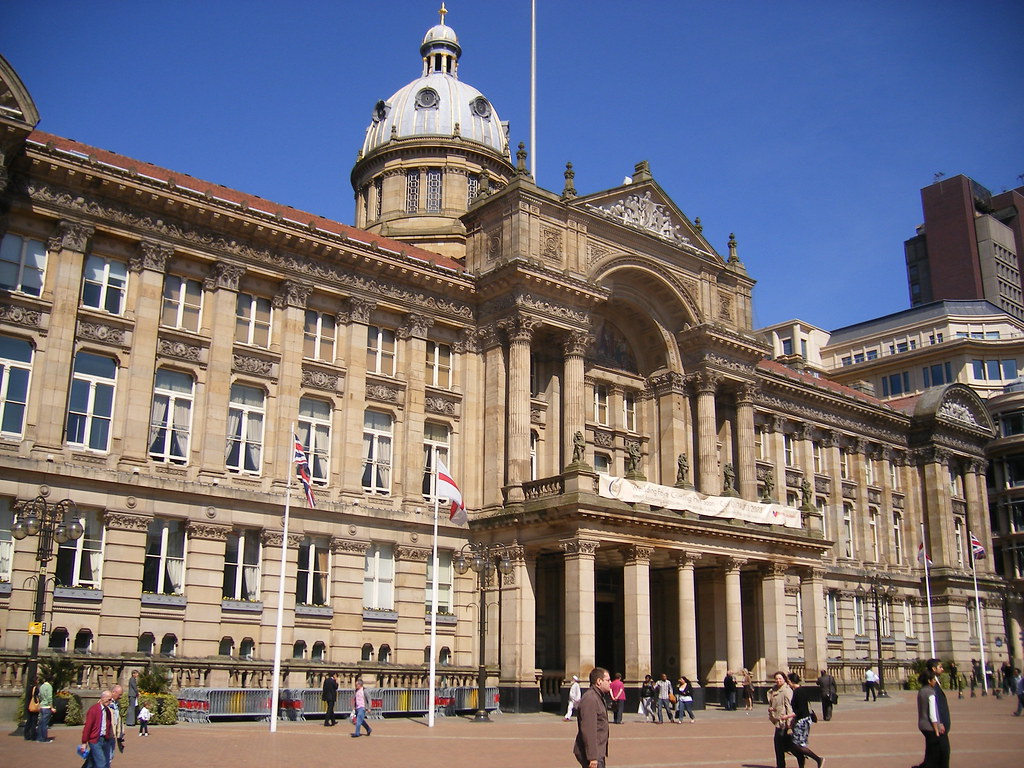
Featured image: ‘Council House, Birmingham – right side‘ by Elliott Brown from Flickr is licensed under CC BY 4.0 (link to license deed).
On March 3rd — a wet Thursday night in Birmingham — former councillor and nurse Paulette Hamilton won the Erdington by-election by a respectable nineteen percentage points over the Conservatives, increasing the Labour vote share by 5.2%. The election, caused by the death of veteran MP Jack Dromey, was held in a traditional working-class area of north Birmingham that had only narrowly voted Labour in 2019. The seat voted 63% to leave the European Union and is a typically low turnout seat. Despite Labour’s lead in the polls, this was always going to be an uncertain fight — and one they needed to show they could win. This is why Hamilton’s substantial victory is in itself a tremendous achievement, but there are a number of other factors that make the raw numbers even more impressive…
First, as previously mentioned, there is the seat’s profile and demographic characteristics. It’s a large working-class leave-voting community with high rates of poverty and unemployment. This might lead some commentators to describe it as a ‘Red Wall’ constituency. Such seats have been rapidly moving away from Labour and towards the Tory party over the past decade. Yet there are other demographic forces moving the opposite way that are counteracting this shift. The BAME community and the gentrification of the city have acted as a significant boost to the Labour vote share, which is unseen in seats like Hartlepool — which Labour lost in a by-election last May. Nevertheless, the results in Erdington ought to worry Tories who were carried to victory three years ago on the wave of ‘Get Brexit Done’.
Second, the national news cycle. For the past fortnight, there has been no news other than the Russian invasion of Ukraine and its various consequences for the world. In periods of international crisis — such as the spring of 2020 — it is common for the electorate to rally behind the national leadership. One would expect that given the current security concerns, voters might lend their support to the prime minister and thus the Conservative Party. If this has occurred in any significant way, it means that the Tory result of 36% was inflated and that the real figure might be even lower — a worrying sign for CCHQ.
Third, the local Labour organisation in Erdington. Many elections today are won using an effective data collation campaign. Local campaigning teams are sent to doorsteps regularly to collect information from voters, with the aim of figuring out where their likely voters reside. Once polling day arrives, it’s a doddle. They go out and knock on the doors of all the supporters that promised to vote — to ensure they actually do go out to the polling station and tick the right box. My experience of the Labour campaign in Birmingham was that data was poor and evidently little organisation had gone on before the election campaign, making Labour voters harder to find.
What these three considerations mean for the by-election result is that Paulette Hamilton and the wider Labour Party had the potential to further extend their already sizeable majority had circumstances been different. They managed to convince working-class Brexit-voting electors to stick with the party. They were able to push messages about crime, local regeneration, and the cost of living — despite an international crisis dominating headlines. Additionally, they achieved an almost 20-point majority despite shoddy local organisation. Paulette Hamilton’s victory is historic. Not only will she be Birmingham’s first ever black MP, but she comfortably won a by-election under difficult circumstances.



Average Rating